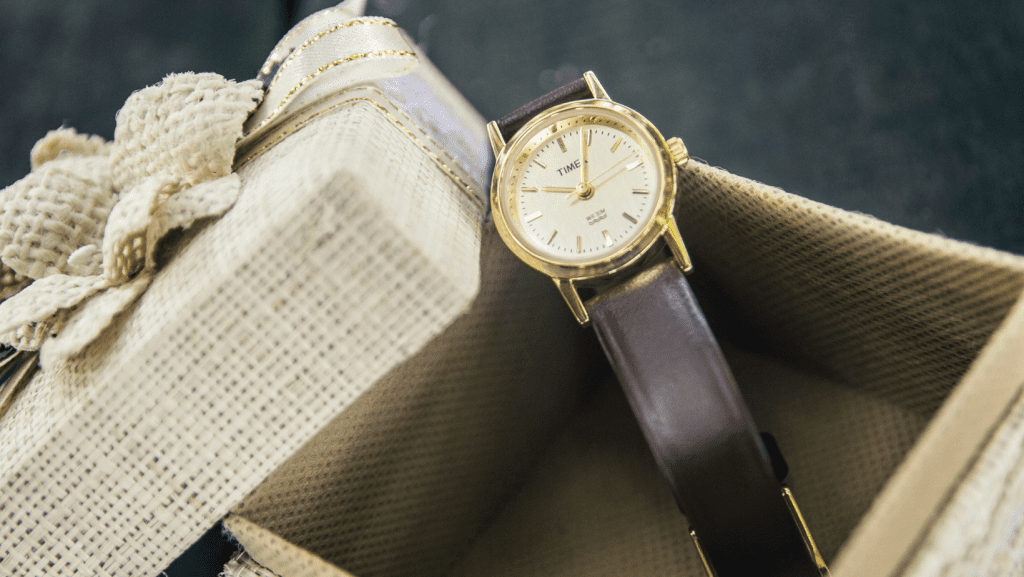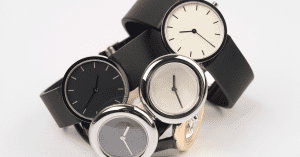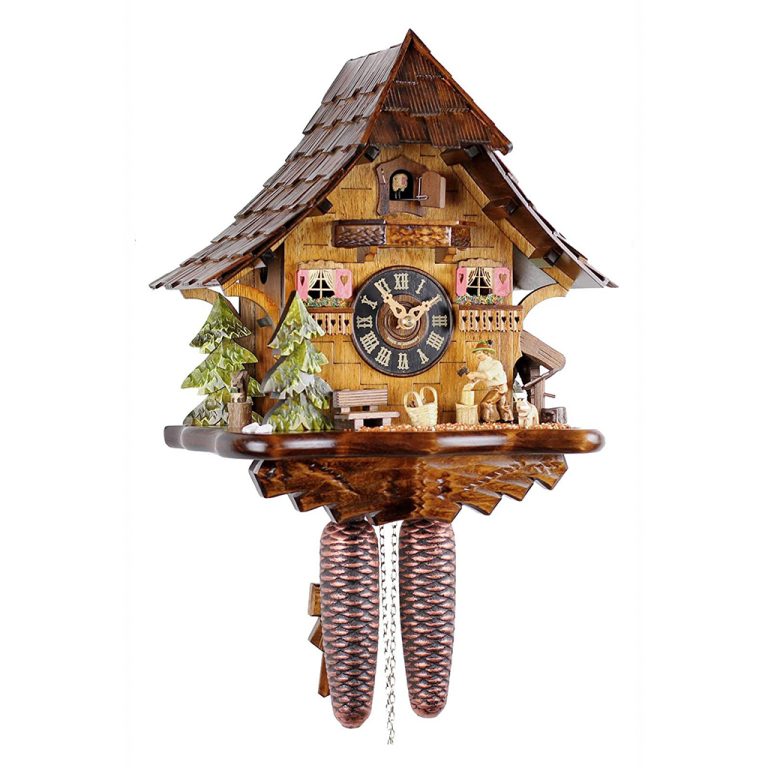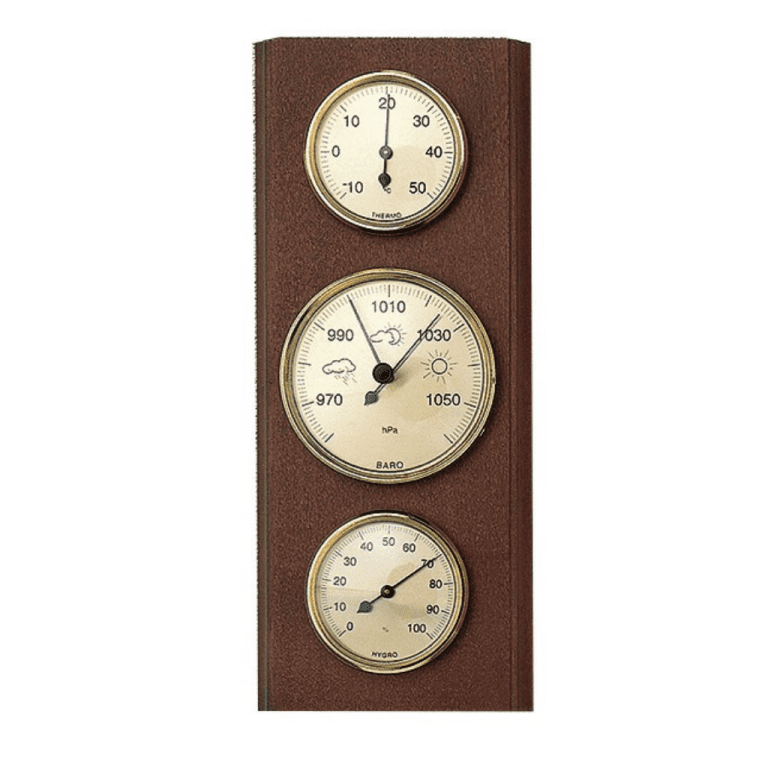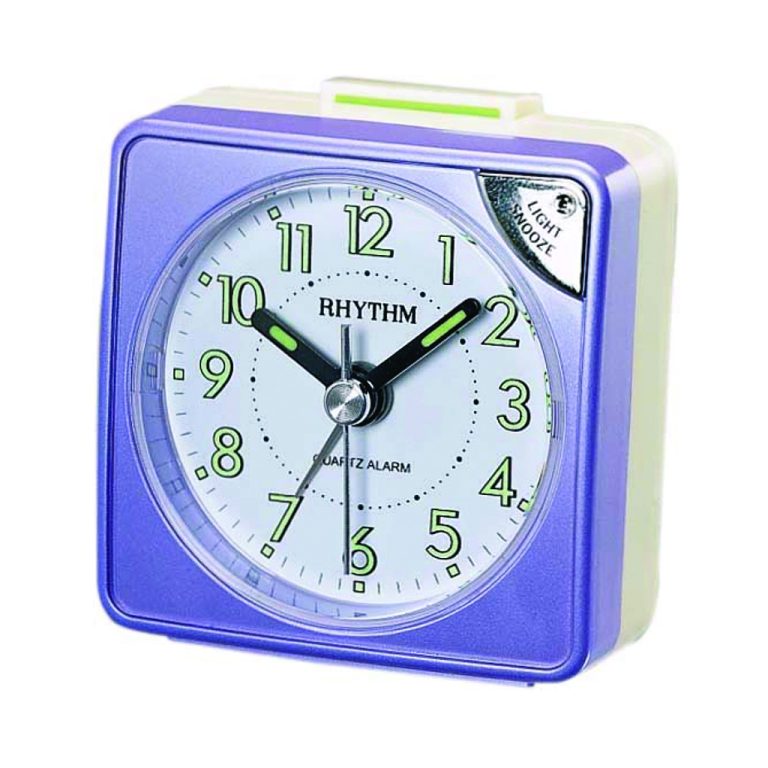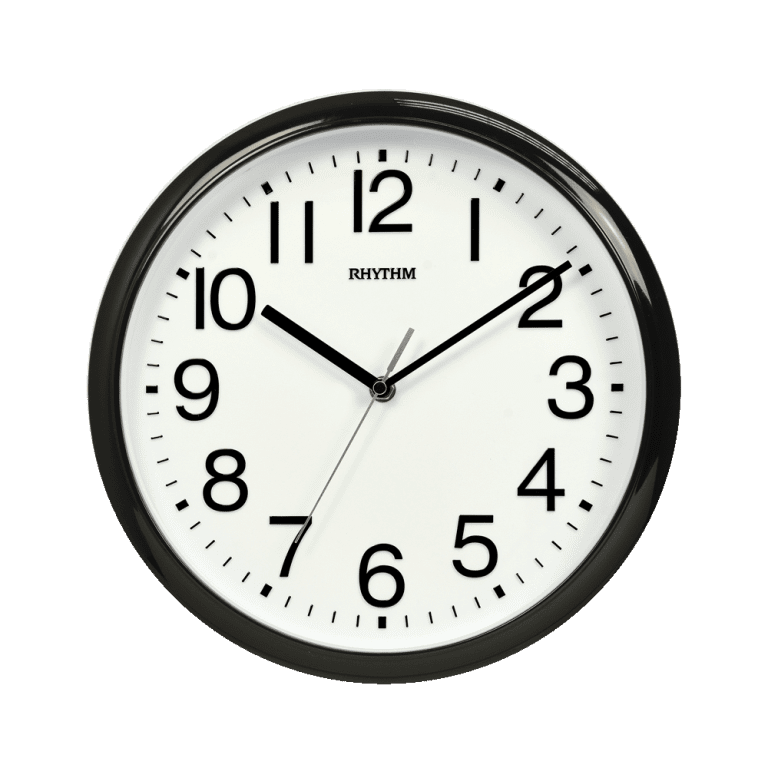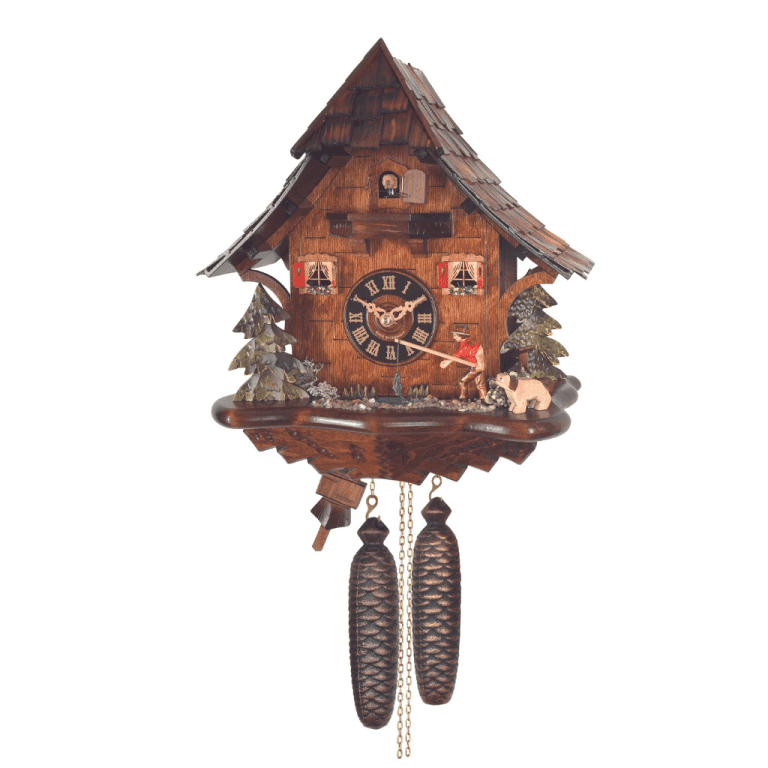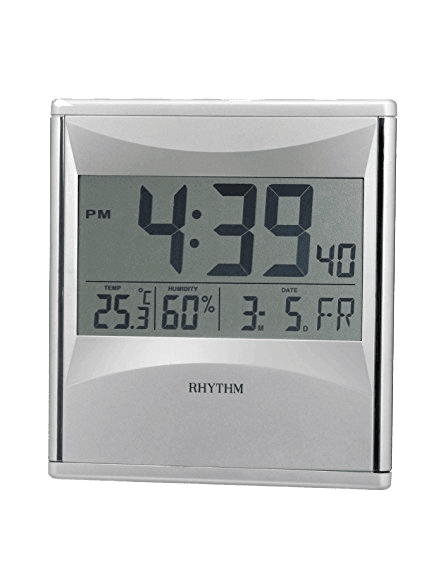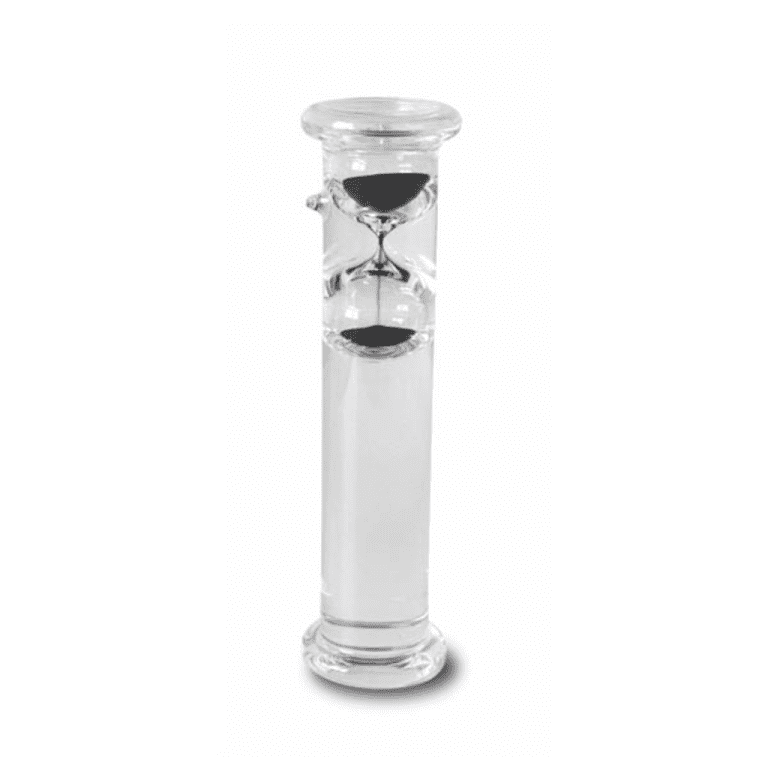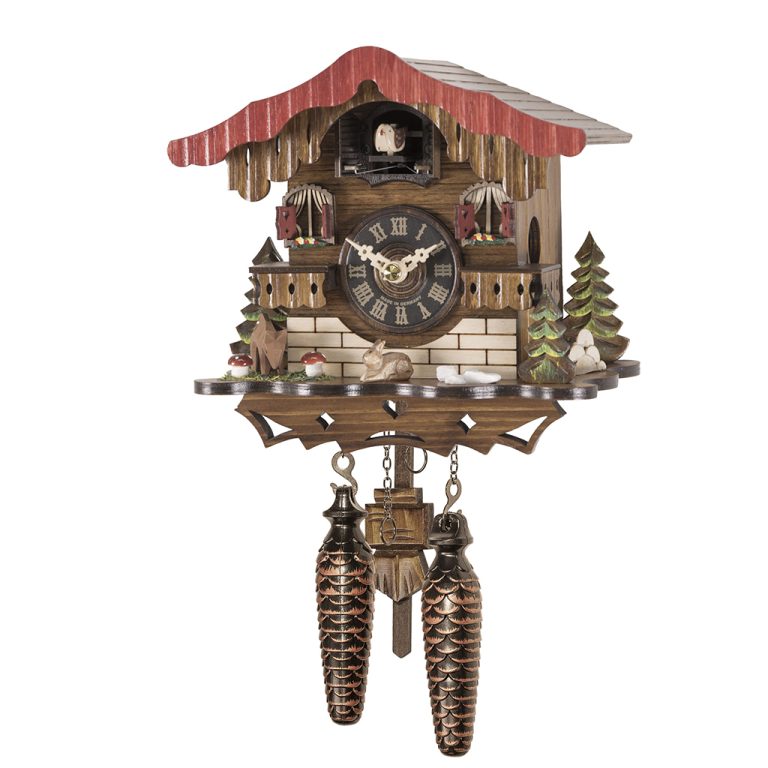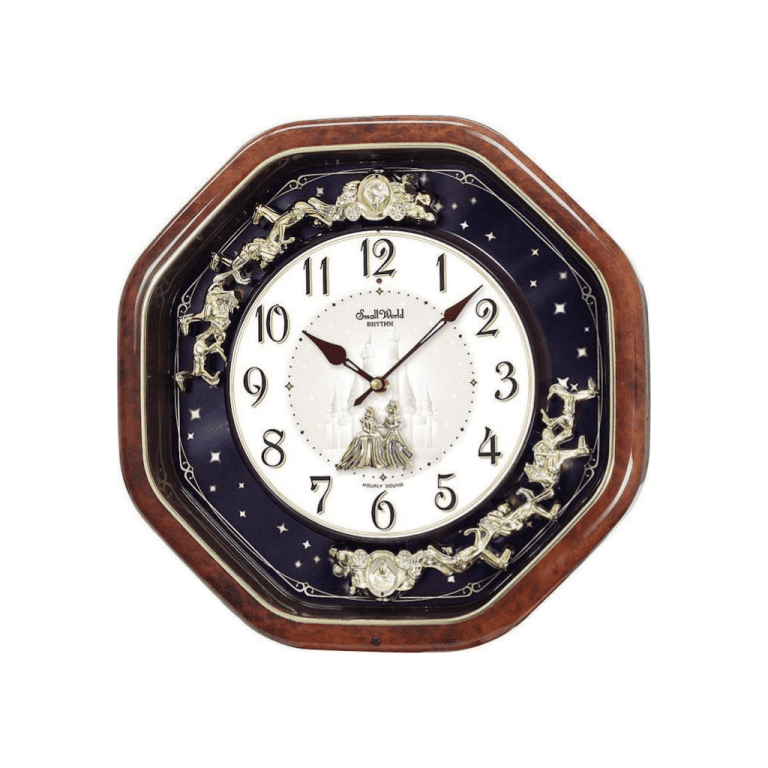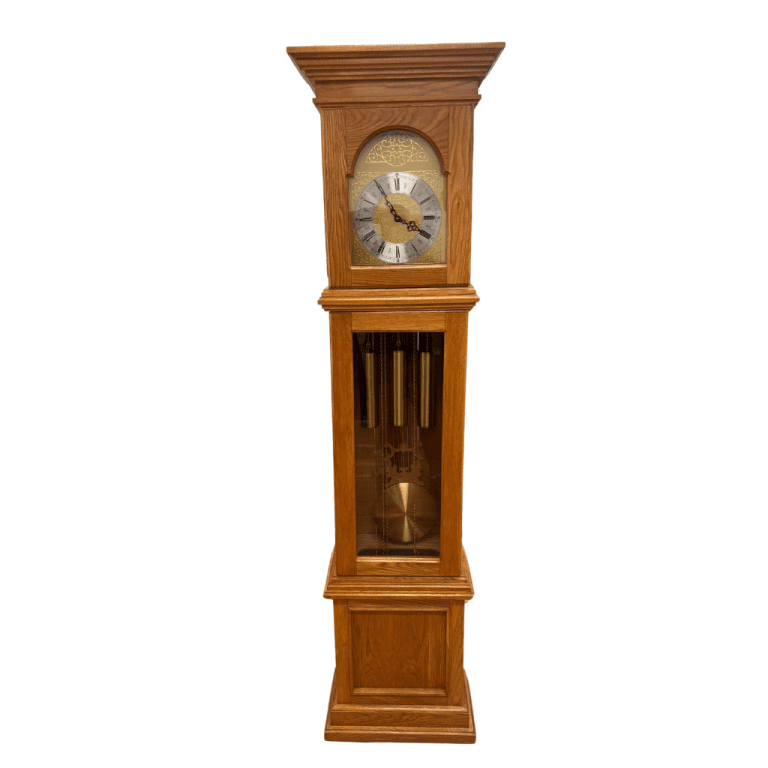You may be wondering what you’re paying for if you buy a luxury watch for thousands of pounds, rather than a £30 watch in Argos.
To an extent you are paying for a brand name and reputation, but there are also several signs of quality and workmanship which most luxury watches display.
It’s worth saying that the best luxury watches won’t necessarily have all 10 of these features, and I’m sure there are others that I’ve missed, but I’ve attempted to summarise the general opinions from lots of watch buying guides:
1. An automatic movement rather than quartz
| There are three main types of watch ‘movement’ (the mechanism that makes it work). The traditional – and most expensive option – is a mechanical watch which doesn’t use batteries.
Most mechanical watches in the luxury watch market are ‘automatic’ which means they don’t need winding up thanks to a clever spring (as opposed to a ‘manual’ mechanical watch which needs winding up regularly). The cheaper alternative is a quartz watch, which uses batteries and electrical wizardry to keep time. You will still find quartz movements in some good quality luxury watches, but the general rule is that the most expensive watches are mechanical. Quartz is very accurate, it’s just not just not as classy. Quartz watches ‘tick’ from second to second, whereas mechanical watches move smoothly. Some of the best watch brands make their own movements ‘in-house’ which is seen as a badge of honour and offer and an extra level of exclusivity. A bit like when Kelloggs say ‘we don’t make cereal for anyone else…’. A watch seller such as Amazon offers the option to filter your search so it only shows automatic watches. |
2. A watch brand name associated with quality
| OK, this is a subjective area as everyone has their favourite brands and there isn’t a definitive ‘best watch brand’.
Some brands are primarily known for making luxury watches whereas others are world-renowned fashion labels for whom watchmaking is one aspect of their work . However, here are 10 of the longest established and best known brands in the luxury watch market. Of course, there are many more than this, but here are ten you’ve probably heard of: |
- Seiko – £100 to £400 – Japanese, budget end of the quality watch market, but some quality features
- Citizen – £100 to £1500 – Japanese, generally very accurate and don’t require batteries
- Tissot – £100 to £750 – Swiss, one of the cheapest of the high quality brands
- Gucci – £300 to £1500 – Swiss built, Italian fashion house design
- Rado – £500 to £2500 – Swiss, classy designs
- Tag Heuer – £750 to £5000 – Swiss, regular winner of watch awards
- Omega – £2000 to £20000 – Swiss, James Bond’s current watchmaker
- Breitling – £2000 to £20000 – Swiss, known for aviation and diving watches
- Rolex – £3500 to £90000 – Swiss, world’s best known watchmaker, innovative, James Bond’s former watchmaker
- Patek Phillippe – £20,000 to £100,000 – Swiss, ludicrously intricate designs, high end luxury
3. A‘synthetic sapphire’ crystal
The transparent front window of a watch is known as the ‘crystal’ and you’ll find the best and most expensive watches have a crystal made from ‘synthetic sapphire’, which is a very scratch resistant material. A cheaper option is ‘mineral glass’ but go for synthetic sapphire crystal if you can afford it as it is more likely to survive a massive whack.
The thickness of the crystal is also important – the best watches have a thicker synthetic sapphire crystal, although you’ll find many sellers don’t go into this level of detail in their listings online. You could well go mad studying watches in that level of detail…
4. A ‘chronometer’ rating
Some – but not all – of the best watches will be ‘chronometer rated’ which means they have been independently tested to check they are able to keep very accurate time.
If it says something like ‘chronometre certifie’ on the dial then it has gone through the Contrôle Officiel Suisse des Chronomètres (COSC) process, which tests the watch in different temperatures and conditions over several days.
5. A high water resistance rating (if it’s a diving watch)
Water resistance ratings in watches are a bit weird. You might assume that a watch with a water resistance rating of 30 metres would be fine for diving down 30 metres… but it’s not. Most people would advise against taking it in the shower.
Most watch experts (they’re called ‘horologists’, if you’re interested) say you need a water resistant rating of at least 100 metres to take it in a swimming pool. For diving, you need something with a rating of 200 metres and upwards. Brands such as Breitling often have ratings of 500 metres.
Having a high water resistance rating isn’t necessarily a sign of a luxury watch – plenty of cheap watches are tough as old boots. However, my one line summary on the topic is this – if you are buying a luxury watch which markets itself as a ‘diving watch’ then it should have a water resistance rating of 200 metres or more.
Plenty of high quality watches aren’t suitable for diving, it just depends what they are designed for.
6. Made in Switzerland, Germany or Japan
| We’re entering into controversial territory here…hang onto your hats.
So, I’ve read through various guides and read various opinions and the consensus seems to be that Switzerland, Germany and Japan make the best watches. Switzerland is certainly considered the centre of the watch world by pretty much everyone. However, I’ve also read that some small US manufacturers are worth considering and I’m sure you could find someone claiming that Uzbekistan’s watches are the best if you trawled enough forums. |
My conclusion? Well, most of the luxury watch brands that you’ve heard of are made in Switzerland . There are a few high quality Japanese brands too, such as Citizen and Seiko – they tend not to be as expensive as the Swiss watches with similar features. There are also a few German brands which are highly thought of, such as the mega-expensive A. Lange & Söhne watches.
A few very expensive Swiss watches carry the ‘Seal of Geneva’. This is partly to prove that it has been made within the city that most consider the centre of luxury watchmaking, but it also shows that it has fulfilled a strict criteria around quality.
7. A case and strap made of solid metal (or leather)
| Cheap watches use hollow stainless steel in the straps, whilst lower end luxury watches use solid stainless steel. You should be able to tell from the weight.
The more expensive luxury watches will be made from precious metals such as gold (18 carat is more expensive than 9 carat) or platinum, which is generally pricier than gold. Of course, you do also get high end luxury watches with leather straps. These tend to be lighter, which is some people’s preference. According to the fashion police you should wear a leather strap on an evening night and a metal strap at work (although of course you can do what you want…).
|
8. A metal bracelet held together with screws instead of pins
By this point you’ve probably lost interest but…if you go for a luxury watch with a metal bracelet then check if the bits which hold the different sections together are pins or screws. The best watches use screws as they tend to last longer and look a bit classier.
9. Precious gemstones
| At the very top end of the watch market you’ll find that timepieces are blinged up with diamonds and other gemstones to add value.
Bear in mind that prices in the diamond market fluctuate wildly, so it’s hard to know how much of a good deal you are getting. For example, several smaller diamonds are worth much less than one large diamond of an equivalent weight. And then of course, each diamond has its own grading based on its cut, clarity and colour. It’s also worth realising that second hand diamonds are worth much less than new diamonds. With gold it’s a different story as you can work out how much gold you are getting for your money. |
10. A reflective coating
Top end watches have a reflective coating to stop the glare of the sun from obscuring the time. Some have the coating on both sides of the ‘crystal’ (the transparent front of the watch) which others just have it one side.
Cheap watches won’t have a reflective coating at all.
Credited to: https://www.best-watch.co.uk/

